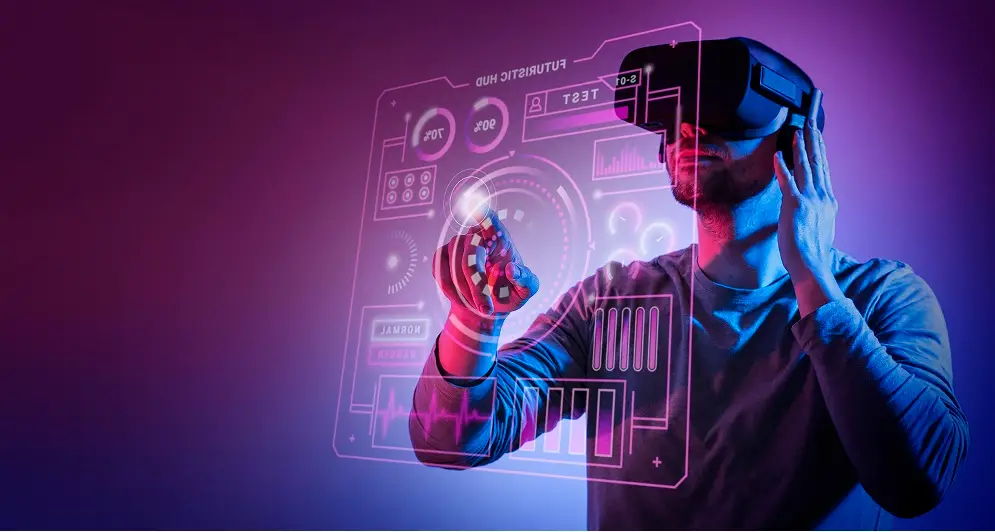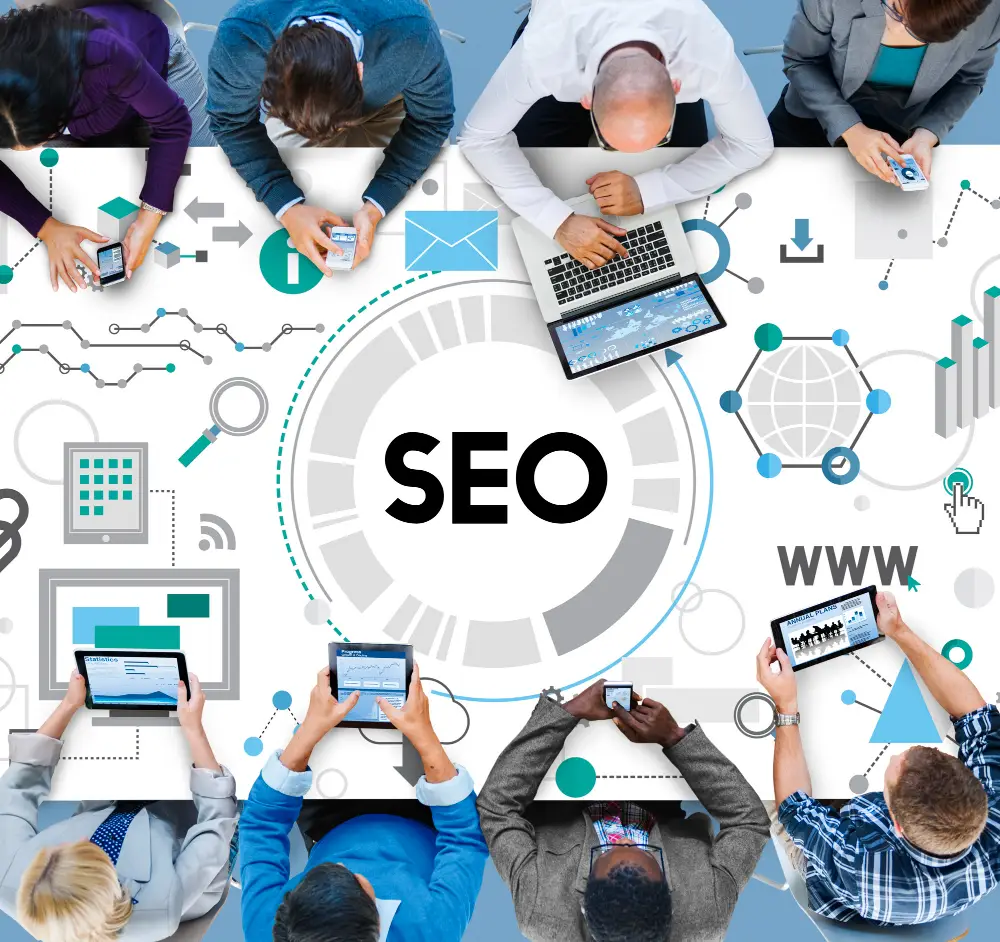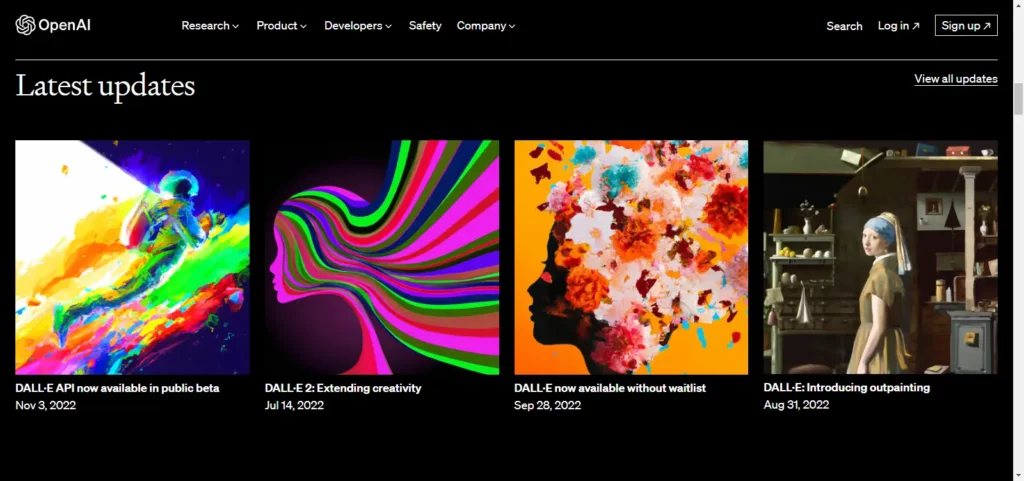The Internet of Things (AIoT) is a revolutionary technology that will change how we interact with the world. However, behind all its potential, there is a force that would drive it: artificial intelligence. Artificial Intelligence of Things (AIoT) is born when these two technologies come together, which could create a new frontier of connectivity.
The association of both implies that the future is arriving much faster than we think. We are talking about a future where machines communicate and are intelligent. That is, they can make informed decisions. That is, AIoT could transform industries and reimagine life. Do you want to know more? At NewsBUU, we explain what it consists of.
What is AIoT (Artificial Intelligence of Things)?
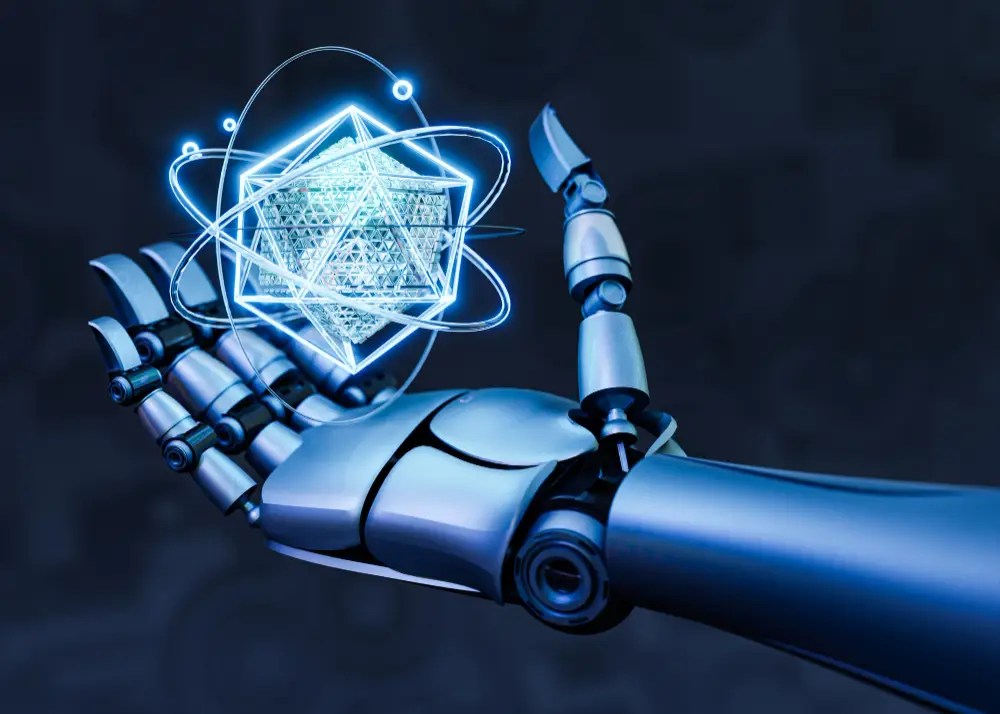
AIoT is the union of the Internet of Things and artificial intelligence. By combining both technologies, a more efficient and complete product is achieved. It will allow devices to not only connect to each other and communicate but also be intelligent, process information, and learn.
By 2025, it is projected that there will be 42 billion IoT-connected devices worldwide. As you might expect, all of these devices will generate a gigantic amount of data, data that has the potential to provide great insights for businesses and improve their performance. How do we process all this data? This is where AI comes into play: it is the key element in making all this information make sense.
In other words, IoT makes it possible to collect data and facilitate communication between things and the world. Create a connected ecosystem. However, if AI is added, there is now a brain that makes sense of the ecosystem. Now, the system will make all the information make sense. Giving them the ability to learn, adapt, and get ahead is the true revolution of this technology.
By using Artificial Intelligence of Things, companies can identify and understand patterns. The systems learn to know us or the habits and customs a space requires. They know the needs we have and how everything works.
Thus, they can make better decisions that lead to proactive intervention, intelligent automation, more personalization, and better operation and efficiency. AIoT technology would even allow systems to make decisions without human intervention.
Impact of artificial intelligence on the Internet of things
The Internet of Things and its relationship with artificial intelligence generates positive results, especially for industries. The intervention of machine learning and other technologies reduces structured and unstructured data use. They also avoid cloud drift and delays in information exchange.
In this way, the Artificial Intelligence of Things helps the proper functioning of IoT systems by decongesting them. AI can then support IoT data analysis, which can be summarized in 6 ways.
- Data preparation.
- Data discovery.
- Real-time data visualization.
- Accuracy of time series data.
- Predictive and advanced analysis.
- Geospatial data and real-time location.
Thanks to the above, human power and energy are saved to allow them to focus on what is truly important. At the same time, greater knowledge of the ecosystem in which AIoT has been implemented is generated. And after the AI processes all this data, it allows for quick and spontaneous operation.
In addition, it also allows you to deal with inconveniences or unforeseen events before they occur. This means that, through pattern analysis, it protects the ecosystem to which it connects. Integrating the Internet of Things and artificial intelligence translates into cost and time savings in different areas, greater control of processes, and greater safety for personnel.
Examples of the”Internet “of Things and artificial intelligence
- Wearable technology: Devices such as smart watches, activity bracelets, virtual reality glasses, or wireless headphones are a good example. They continually monitor our activity and gather information about our habits. With AIoT, they could improve their learning capacity to personalize the service. In this case, smartphones are the center of the ecosystem.
- Smart homes: Through different gadgets, AIoT has the power to adapt to us. AI can collect information about our habits and activities. Then, it can begin to respond to our needs without being prompted.
- Smart cities: Artificial intelligence is becoming more needed as cities become more connected through the Internet of Things. The union of both could optimize public transportation, energy savings, security, and urban planning.
- Industries: Of course, factories can greatly benefit from AIoT. The IoT is said to be the basis for the fourth industrial revolution. If AI is added, it will dramatically boost optimizing processes and logistics.
- Surveillance: An example of the benefits of artificial intelligence of things can be found in security cameras. This technology can outperform security guards monitoring cameras, as their eyes are sharper. In addition, every day, a lot of visual information is recommended that can be calculated and compared to recognize people. On the other hand, emergencies can be prevented by connecting to other systems, such as alarms.
AIoT Applications
In Safety
Far from replacing human work, AIoT will help reduce time and costs by allowing resources to be organized more efficiently. Since the police force and other security agencies have limited personnel, smart organization is necessary. Therefore, the creation of smart cities and the support of AIoT gained importance.
With the Internet of Things and artificial intelligence, the complex system equivalent to a city can be comprehensively analyzed. The technology could understand the city’s unique characteristics and its economic, political, and cultural development differences. As a consequence, it would help a more organized management of its financial and human resources. In this way, you can improve the response to extraordinary situations.
Within private companies, it also offers solutions. AIoT technologies can analyze a company’s customer flow. Also, distinguish people from objects and backgrounds. Thus, not only does the company schedule, but they can react more quickly to a theft.
In logistics
The Artificial Intelligence of Things can also positively impact different logistics actions. For example, a warehouse can monitor the stocks of its products with sensors. This lets you know their quantities, physical conditions, and inputs and outputs. With this information, you can effectively schedule spare parts and distribution. The additional advantage is that a quick response is generated with less investment.
In Transport
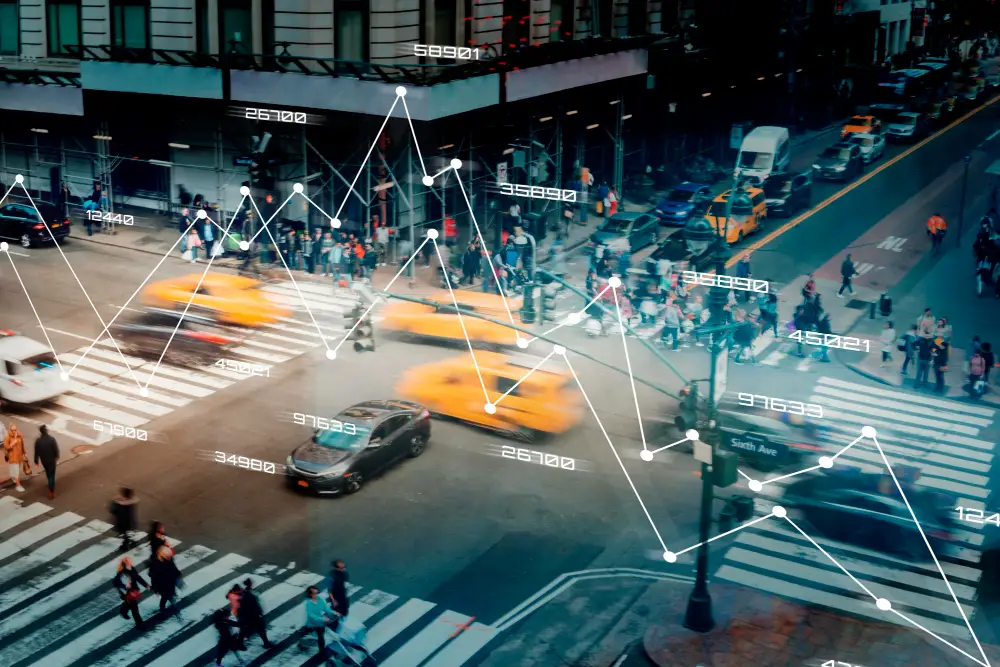
As in previous cases, collecting real-time information can optimize city transportation. On the one hand, it would help a more efficient public transport organization. This should consider delays, passenger flow, busiest stations, and more. The same concept applies to road traffic, airports, and ports.
On the other hand, it would help improve certain moments of private transportation. Finding a parking lot is an example. With AIoT, the information collected could be evaluated to reduce empty parking lots and thus improve urban traffic.
In the Factories
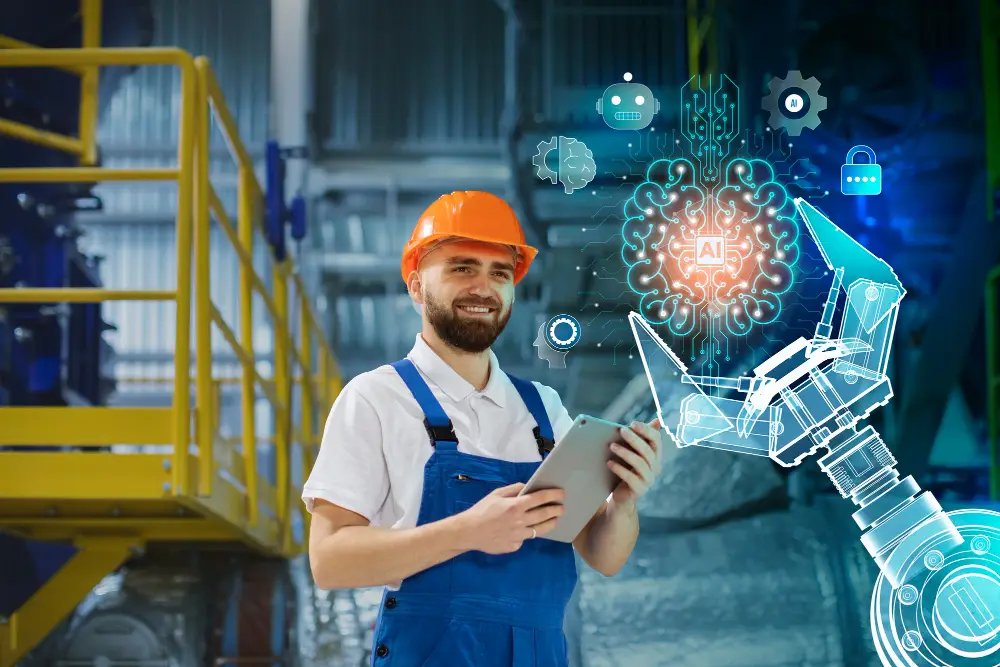
Business contexts are, for some, the natural realm of AIoT. They have already been exceptionally benefited from the Internet of Things. If artificial intelligence is added to this, the impact is huge. Building management and maintenance, efficient task management and process optimization, ease of customization, workflow and maintenance predictions, and decision-making would be influenced.
Cyber Security
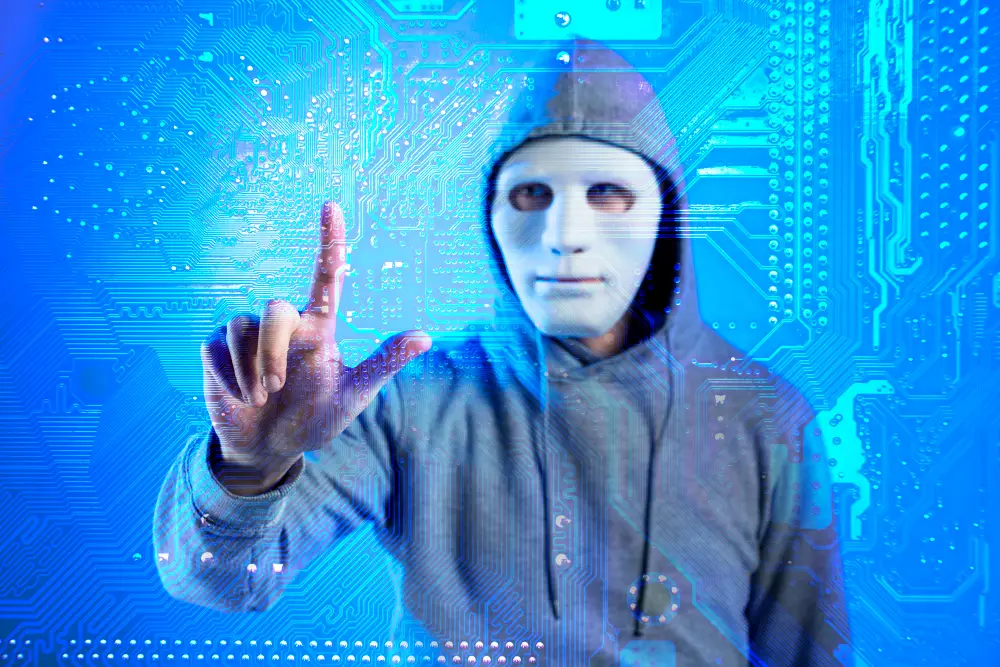
This technology also has an unprecedented impact on cybersecurity and privacy protection. AIoT also enables data protection impact assessments, strengthens data protection training, updates protection technologies timely, and standardizes requirements.
Internet of Things and Artificial Intelligence: Challenges faced
- Complexity: Despite the ease generated by combining the Internet of Things and artificial intelligence, it continues to be a complex system. It requires combining many parts that can work together or separately with different systems in time and space. There is a ceaseless flow of data and many moving parts, increasing complexity.
- Data integration: Being such a complex system, integration is very important. There are still issues in the design, and the immaturity of the technologies can cause data to be isolated at different stages. This data fragmentation can affect analyses and predictions.
- Confidentiality: AIoT also faces the vulnerabilities of new technologies. Information that may be privileged and sensitive is gathered in susceptible computer systems, even more so when it is believed that AIs could be the hackers of the future. However, the use of blockchain is proposed as a solution.
- Failures in AI: Although AI has made great advances, it is still a growing technology. There are many cases of “artificial stupidity,” when the system is confused by things that do not make sense, unexpected hacks, and more.”
Final Words
As we can see, artificial intelligence perfectly complements the Internet of Things. AIoT allows us to create an intelligent ecosystem that could completely transform everything we see today. However, the technology is still in its infancy and requires some adjustments.

